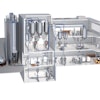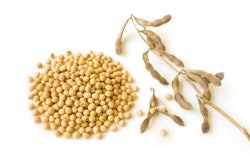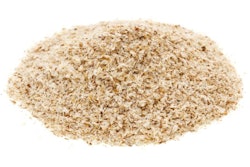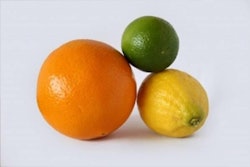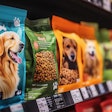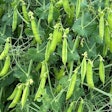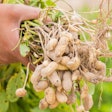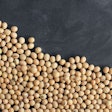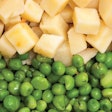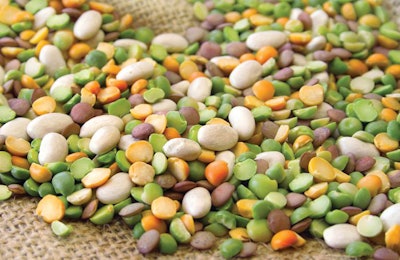
Beans could find a place in the next generation of pet food — if consumers are interested. | Darren Fisher, Dreamstime
A few years ago, peas and pulses and other legume seeds were featured as alternative carbohydrates in pet foods. These have become quite popular in the world of grain-free options. However, there is a conspicuous gap in the use of the legume seeds from the Phaseolus family, the so-called common beans (Phaseolus vulgaris L.). These include white beans, navy beans, pinto beans, kidney beans, black beans and a host of others. Why are they absent from pet foods? It could be consumer bias, perhaps a cost consideration or simply a lack of understanding about whether beans are a good option in modern pet foods.

